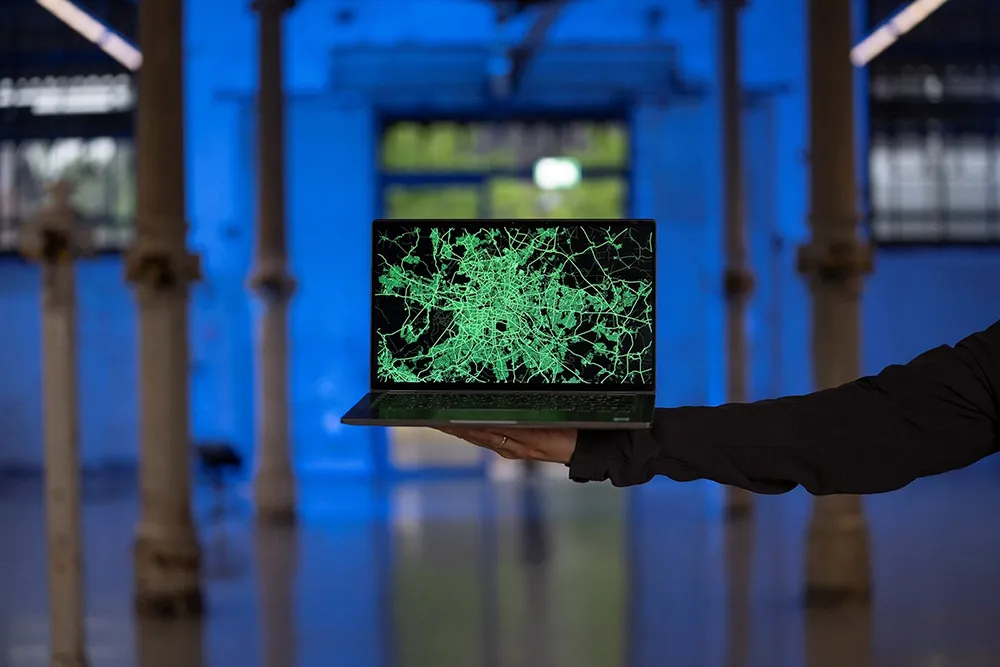Automotive supplier Continental and Nokia’s Here have expanded their collaboration on connected car technologies, focusing on electronic horizon, future automated driving functionalities and intelligent transportation systems (ITS).
Work will begin with the development of precise map technology for Continental’s electronic horizon platform that will include a range of road information, including lane markings and connectivity, speed limit changes, no passing signs and more. This information will enable a
January 15, 2014
Read time: 2 mins
Automotive supplier 260 Continental and 183 Nokia’s Here have expanded their collaboration on connected car technologies, focusing on electronic horizon, future automated driving functionalities and intelligent transportation systems (ITS).
Work will begin with the development of precise map technology for Continental’s electronic horizon platform that will include a range of road information, including lane markings and connectivity, speed limit changes, no passing signs and more. This information will enable a vehicle to continuously determine its position on the road to within 20-10 centimetres and automatically react to shifting circumstances, such as changing speed limits.
The solution will also be the basis for highly automated driving functionality that Continental plans to have in vehicles rolling off assembly lines by 2020.
The collaboration between Continental and Here also paves the way for the Advent of ITS. Both companies believe that there will be many phases in the evolution towards connected ITS, of which automated driving is one.
Work will begin with the development of precise map technology for Continental’s electronic horizon platform that will include a range of road information, including lane markings and connectivity, speed limit changes, no passing signs and more. This information will enable a vehicle to continuously determine its position on the road to within 20-10 centimetres and automatically react to shifting circumstances, such as changing speed limits.
The solution will also be the basis for highly automated driving functionality that Continental plans to have in vehicles rolling off assembly lines by 2020.
The collaboration between Continental and Here also paves the way for the Advent of ITS. Both companies believe that there will be many phases in the evolution towards connected ITS, of which automated driving is one.








